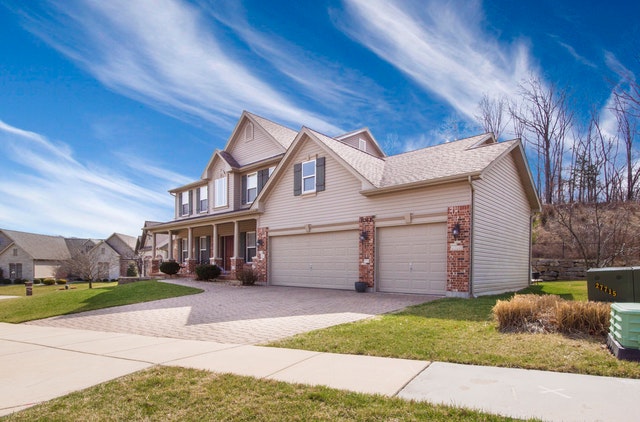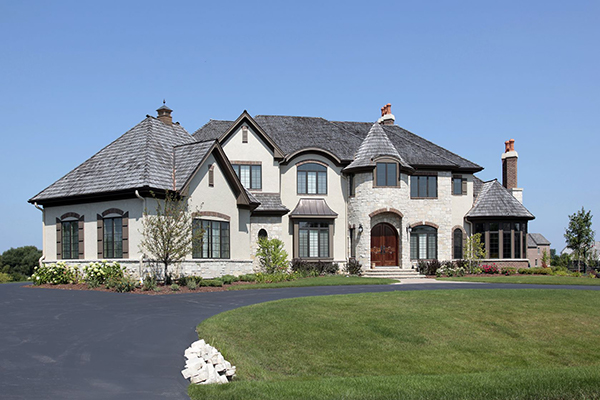NAHB: Rising Demand for Homes Boosts Builder Confidence
 Builder confidence in housing market conditions reached a new record high in November according to the National Association of Home Builders. November’s index reading of 90 was five points higher than in October. Index readings over 50 indicate positive builder sentiment toward market conditions. Readings for the Housing Market Index fell below 50 in April and May as the COVID-19 pandemic grew.
Builder confidence in housing market conditions reached a new record high in November according to the National Association of Home Builders. November’s index reading of 90 was five points higher than in October. Index readings over 50 indicate positive builder sentiment toward market conditions. Readings for the Housing Market Index fell below 50 in April and May as the COVID-19 pandemic grew.
Component readings for the Housing Market Index rose six points to 96 for current housing market conditions and one point to 89 for builder confidence in home sales in the next six months. Builder confidence in buyer traffic in new housing developments rose three points to 77. Readings for buyer traffic typically didn’t exceed 50 until recently. High demand for homes is associated with record-low mortgage rates and changing priorities created by the pandemic.
While demand for homes usually slows in the colder months, the pandemic has caused families to re-evaluate their housing needs as more people work from home and children attend school online or are homeschooled. Larger homes cost more, which contributes to home sellers moving to suburban or rural areas to accommodate the additional expenses of buying and maintaining larger homes.
Regional Housing Market Conditions Mixed in November
The NAHB reported gains in builder confidence in three of four regions. The Midwest led with a nine-point increase in builder confidence. The South and West also showed rising builder confidence, but builders in the Northeast reported a five-point drop in builder confidence.
Robert Dietz, chief economist for the NAHB said, “In the short run, the shift of housing demand to lower density markets such as suburbs and exurbs along with ongoing low resale inventory levels is supporting demand for home building.” Rising demand for homes as compared to low numbers of pre-owned homes available is creating additional demand for new homes.
Analysts said that the demand for new homes will last for quarters or years as it will take time for builders to catch up with the unusually high demand for single-family homes.
A seasonal slow-down in home sales coupled with a new and severe wave of COVID-19 cases may cause challenges for home builders in the coming months, but the current demand for homes could rise if city-dwellers continue to move to less congested areas. Recent positive news about COVID-19 vaccines could impact flight from cities to suburbs, but government approval, manufacture, and distribution of vaccines can’t happen immediately.

 Last week’s economic reports included readings from the National Association of Home Builders on housing markets along with Commerce Department data on housing starts and building permits issued. Weekly reports on mortgage rates and unemployment claims were also released.
Last week’s economic reports included readings from the National Association of Home Builders on housing markets along with Commerce Department data on housing starts and building permits issued. Weekly reports on mortgage rates and unemployment claims were also released. Homebuilder confidence in housing market conditions dipped two points in January; ongoing challenges including labor shortages and materials costs were cited by the National Association of Home Builders, which provides monthly readings on home builder sentiment. Three component readings of the Housing Market Index declined by one point each. Readings for current sales conditions, housing market conditions for the next six months and for buyer traffic within new single-family housing developments were 79, 78 and 54 respectively.
Homebuilder confidence in housing market conditions dipped two points in January; ongoing challenges including labor shortages and materials costs were cited by the National Association of Home Builders, which provides monthly readings on home builder sentiment. Three component readings of the Housing Market Index declined by one point each. Readings for current sales conditions, housing market conditions for the next six months and for buyer traffic within new single-family housing developments were 79, 78 and 54 respectively.